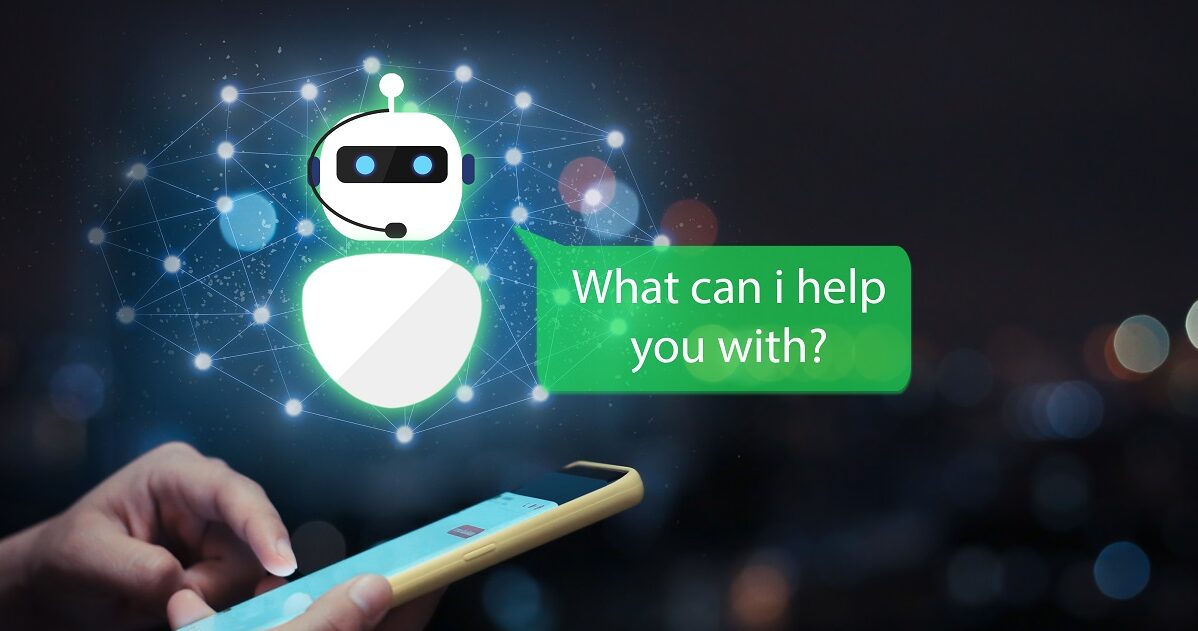
Don’t let the fear of losing be greater than the excitement of winning.
Robert Kiyosaki
The Future of Work: AI and Automation in Offices
As we move further into the 21st century, the workplace is undergoing a profound transformation driven by Artificial Intelligence (AI) and automation. These technologies are not just reshaping how tasks are performed; they are enhancing productivity by automating repetitive tasks and providing valuable insights through data analysis.
Enhancing Productivity Through Automation
A staggering 94% of companies report that their employees spend significant time on repetitive, time-consuming tasks. Automation has proven beneficial, with 90% of knowledge workers stating that it has improved their job experience, and 66% acknowledging an increase in productivity due to automation tools. By handling mundane tasks, AI allows employees to focus on more strategic and creative aspects of their work.
Key Technologies Driving Change
1. Robotic Process Automation (RPA): This technology automates routine tasks such as data entry and document processing, enhancing speed and accuracy while minimizing human error. RPA can save professionals up to 2 hours and 15 minutes daily by streamlining processes like scheduling and data management.
2. Natural Language Processing (NLP): NLP enables AI systems to understand and respond to human language, facilitating automated interactions through chatbots and virtual assistants. This capability ensures timely responses to customer inquiries, freeing human agents for more complex issues.
3. Computer Vision: AI systems equipped with computer vision can monitor office environments, optimizing space utilization by analyzing employee movements. This technology helps companies make informed decisions about office layouts, particularly in hybrid work settings.
Benefits of AI in the Workplace
The integration of AI into office automation systems offers several advantages:
1. Increased Efficiency: By automating repetitive tasks, employees can dedicate more time to high-value activities. For instance, AI tools can automatically generate reports and analyze customer data, allowing professionals to make quicker, data-driven decisions without extensive manual input.
2. Enhanced Decision-Making: AI provides deeper insights into operations, enabling businesses to make informed choices based on real-time data analysis. About 43% of employees utilize AI for understanding data trends to improve decision-making processes.
3. Improved Work-Life Balance: With AI handling routine tasks more efficiently, employees can complete their work faster, allowing them more time for personal activities. Approximately 51% of employees believe that AI contributes positively to their work-life balance.
The Future Landscape
As organizations continue to adopt these technologies, the future of work will likely see a significant shift towards a more automated environment. According to McKinsey’s research, the long-term potential for productivity growth from corporate use cases of AI is estimated at $4.4 trillion. Companies not investing in automation risk falling behind in efficiency and innovation.In conclusion, the combination of AI and automation is not merely a trend; it represents a fundamental shift in how work is conducted in offices. By embracing these technologies, organizations can enhance productivity, improve employee satisfaction, and position themselves for future success in an increasingly competitive landscape.



